This article was co-authored by Eric Christensen, DPT. Eric Christensen is a Physical Therapist based in Chandler, Arizona. With over a decade of experience, Eric works in both orthopedic and neurological fields and specializes in custom orthotic prescription and casting, vestibular reprogramming, and manual therapy. He holds a Bachelor’s degree in Exercise Science with a focus in Sports Medicine from Colorado State University and a Doctor of Physical Therapy from Regis University. In practice, Eric takes a developmental approach to rehabilitation utilizing the Selective Functional Movement Assessment. He uses functional movement patterning and manual therapy to return patients to prior levels of function.
There are 14 references cited in this article, which can be found at the bottom of the page.
wikiHow marks an article as reader-approved once it receives enough positive feedback. In this case, 100% of readers who voted found the article helpful, earning it our reader-approved status.
This article has been viewed 90,905 times.
Anterior cruciate ligament (ACL) surgeries are done to repair your knees after a ligament injury or tear. However, the rehabilitation process following the surgery is as crucial as the surgery itself, as rehab restores the normal function and movement of your knee. Rehabilitation has evolved over time — formerly it was believed that the injured knee should be fully immobilized until healed, but nowadays it's understood that rehabilitating the knee using range of motion exercises is far more effective.[1] Start with Step 1 below for detailed instructions on how to rehab your knee after ACL surgery.
Steps
Immediately Following Surgery
-
1Use a knee brace to stabilize your knee following surgery. In the hours following surgery, a knee brace will be place around your knee to support and stabilize it. This knee brace should be worn over the next 4 to 6 weeks, while your knee is at rest (i.e. it shouldn't be worn while you are performing rehabilitation exercises). Make sure the brace is worn around the kneecap and that it is secured tightly.[2]
-
2Keep your knee elevated to avoid swelling. For the first week following surgery, your knee may be placed in a passive motion machine (CPM). This machine keeps your leg elevated above heart level, in order to prevent swelling. The CPM can also be adjusted to bend your knee at a 0 to 30 degree angle, which is the first step in knee rehabilitation.[3]Advertisement
-
3Take medication to relieve any pain. It's necessary to take pain medication following knee surgery to relieve pain and bring down and inflammation or swelling.[4] Aside from being unpleasant, pain and swelling can actually be detrimental to proper recovery, as it weakens the muscles surrounding the knee joint and causes the knee to become weak and stiff. A drug called Ketorolac is commonly prescribed in the days immediately following surgery.
-
4Place ice packs on your knee to bring down any swelling. If your knee starts to swell following the surgery, you can bring down the swelling by applying an ice pack. The coldness of the ice constricts the blood vessels, leading to decreased fluid around the knee. Ice packs should only be applied for 20 minutes at a time to prevent the ice from melting and the wound from becoming wet. Take a break after each 20 minute period, then reapply the ice pack once the knee has warmed up again.[5]
- An automatic ice machine (also referred to as a "Cyro Cuff"), while potentially expensive, can be of great advantage for icing. These machines allow hassle-free icing in the post-op period, and can continue to be used throughout rehabilitation. If your insurance will cover one of these machines, or you are able to afford one, you may want to consider one.[6]
-
5Avoid placing pillows beneath your knee, as this will prevent your knee from straightening. Placing pillows behind your knee to elevate or support it is a bad idea, as it will prevent the knee from straightening properly. Straightening the knee is an essential part of knee rehabilitation, otherwise follow-up surgery may be required. If you wish to support or elevate your leg, try placing a pillow beneath your heel or calf instead, as this will aid the straightening process.[7]
-
6Do leg straightening exercises. As mentioned above, the ability to fully straighten the knee is crucial to successful recovery. Straightening the knee helps to bring down swelling, leading to faster recovery time.[8] Try the following led straightening exercises:
- Sit down with your legs extended in front of you and place a towel underneath the ankle of the injured leg to help to keep it straight. Lock the knee and hold it for six seconds before relaxing. This counts as 1 repetition. Do 3 sets of 10 repetitions with one-minute rests in between. You shouldn't feel any pain while performing this exercise.[9]
- Lie down, keeping the injured leg straight and the “healthy” leg bent. Lift the injured leg vertically until it is in line with the height of the other kneecap. Avoid lifting the knee so high that it causes pain. Do 3 sets of 10 repetitions with one-minute rest in between.[10]
- Sit on a sturdy chair, and "hook" the foot of your good leg under the ankle of your affected leg. Lift your affected leg, using your healthy leg, to being as straight as is comfortable.[11]
After the First Two Weeks
-
1Do heel slides to practice the bending motion. Heel slides are an example of a range of movement exercise (ROM) which allows the leg to go through its natural movement with minimal stress or resistance. The heel slides help the knee to regain its bending movement, using only muscle tension as resistance.[12] [13]
- Lie down with your legs extended straight in front of you. You'll find the exercise easier if you lie on a smooth surface and wear socks, as this decreases friction between the heel and the floor.
- Slowly draw the heel of your injured leg towards your body by bending the knee. The heel should be in contact with the floor at all times, while the healthy leg remains straight.
-
2Use wall slides to train the knee to bear your weight. Wall slides are another ROM exercise which allow you to practice bending your knee while bearing the weight of your body.[14]
- Stand approximately one foot away from a wall and lean back against the wall while keeping the legs straight. Keep the back of your head, shoulder blades, and butt in contact with the wall at all times during the exercise.
- Suck in your abdomen while breathing in a relaxed manner. This engages the core muscles, which is important in preventing ACL re-injury.
- Slowly slide your back down the wall by bending the knees — it may help to pretend that you are sitting in an imaginary chair. Keep going until you start to feel resistance in your knees, but don't allow it to become painful.
- Rise back up to the starting position, maintaining proper posture. This counts as one repetition. Do 3 sets of 10 repetitions while resting for a minute between sets.
-
3Try pillow squats to stabilize the knee joint. Pillow squats are an example of a functional exercise that helps to improve weight bearing, balance, and coordination. In addition, these squats help to strengthen the vastus medialis obliquus (VMO), a teardrop-shaped muscle that is essential in stabilizing the knee joint.[15]
- Stand tall with your feet one hip-width apart. Suck in the abdomen and keep the shoulder blades back and down. This posture provides a steady base for the exercise while keeping the core active.
- Fold a thick pillow in half and squeeze it between your knees to hold it firmly in place. This activates the VMO muscle.
- Hinge your hips and bend your knees, pushing your butt out as if you were about to sit down. Keep going until your knees are halfway from being parallel to the ground. Don't try to go any further — a half-squat is sufficient to train the VMO.
- Return to starting position. Do 3 sets of 10 repetitions with a minute of rest between sets.
-
4Experiment with pool workouts to strengthen the knee. Exercising underwater provides a low impact workout for your knee, which helps to strengthen in without straining it. One of the simplest, yest most effective pool exercises you can try is pool walking:
- Pool walking allows your knees to readjust to the patterns of normal walking, without putting too much pressure on the knee joints. All you need to do is walk from one end of the pool to the other until you feel tired.
- Gradually work your way up to 30 minutes of walking per session. Try to incorporate one or two pool sessions into your weekly rehabilitation routine.
- Do not star pool exercises until your incisions have fully healed, as you do not want to risk an infection.
-
5Consider ultrasound therapy to promote healing. Ultrasound therapy transmits high frequency waves to the soft tissues underneath the skin, including the ligaments and tendons.
- These sound waves help to rejuvenate the soft tissues and produce heat within them, which promotes better flexibility and speeds up the healing process.
- Ask your doctor or physical therapist about receiving ultrasound therapy.
-
6Perform balance exercises to improve coordination. Balance and coordination are often affected following a knee injury. Therefore, it is important to perform balance exercises to regain proper balance and coordination. One good balance exercise is single-leg balancing, where the entire weight of the body is shifted from one leg to the other (ideally without falling). Here's how to do it:
- Stand up straight and lift your good leg off the floor, maintaining balance with the affected leg. Keep the eyes looking straight ahead, your shoulder blades back and down, and your abs sucked in.
- Maintain this position for 10 seconds. Repeat for 3 times with the affected leg and repeat once with the good leg.
- Stop the exercise whenever you wobble. The body must be maintained in an upright stance. This exercise may sound easy, but it can be extremely challenging for patients recovering from ACL surgery.
After Four Weeks
-
1Do loop-band squats to strengthen the knee's muscles, ligaments and tendons. Loop band squats are an example of a functional exercise that helps to build up lower body strength. With these types of exercises, resistance is gradually added to build up the strength of ligaments, muscles, and tendons surrounding the knee joint.
- Stand tall with the feet hip-width apart and place loop bands at the level of the knee joints. Loop bands put inward pressure on the knees, forcing the knees to oppose the pressure by pushing outward. This reaction activates the VMO muscles instantly.
- Hinge your hips and bend your knees, pushing your butt backwards as of sitting into a chair. The goal is to reach a level where your thighs are parallel to the ground, however if you feel any pain or start to wobble, don't go any further.
- Return to starting position. Do 3 sets of 10 repetitions with one-minute rests.
-
2Try forward lunges to prepare the knees for more high-impact activities. Forward lunges are an example of a unilateral exercise, which is used to train your injured leg to bear the same amount of weight as the healthy leg. This is important, as your body tends to naturally shift its weight to the good leg following an injury.[16]
- Stand tall and take one step forward with your injured leg, until there is approximately a foot of space between your feet. Lift the heel of the rear foot, so that only the ball of the rear foot is touching the ground.
- Shift your body weight onto the front foot as you descend. Keep going until the thigh of the front leg is parallel to the ground, but don't allow the front kneecap to extend beyond the toes, as this increases stress to the knee joint.
- Return to the starting position, then repeat for 3 sets of 10 repetitions with 1-minute rests in between, before switching feet.#Do plank exercises to trim the core and take pressure off the knees. Plank exercises are used to strengthen and trim the core. Although this may seem unnecessary when rehabilitating a knee injury, core exercises are very important, as a strong core alleviates the burden on the knee joints. Core exercises also help you to keep your upper body trim, which spares the knees from excessive daily wear and tear.
- Assume a push-up position, keeping your hands directly beneath the shoulders and the feet together. Your head, shoulder blades, and butt must form one-straight horizontal line.
- Brace the abdomen as if you are about to be punched in the gut. Try to keep it tucked in, as this helps to maintain the proper hip positioning throughout the exercise.
- Hold this position for 10 seconds, then relax. Repeat this exercise 3 times with 30 second rest periods in between.Over time, you can work your way up to holding the plank position for 30 seconds each time.
-
3Practice dumbbell rows to train the back muscles and core. Bent-over dumbbell rows train the back and core muscles, while also engaging the lower body muscles. To perform bent-over dumbbell rows:
- Stand up straight with your feet one hip-width apart and your knees slightly bent. Hold a ten-pound dumbbell in each hand. Ten pound dumbbells are usually challenging enough for beginners while maintaining proper form, but you can use a higher weight if strength allows.
- Bend at the waist by pushing your hips back and your butt out, as if you were closing a door with your butt. Stop when you feel a stretch in the hamstrings (the muscles at the back of the thighs). Remember to keep your abs braced throughout the exercise.
- Try to maintain the natural arch of your back, don't allow it to become hunched over. Squeeze your shoulder blades together to engages all of the muscle fibers in your back.
- Pull the dumbbells up to the level of your rib cage, squeezing your shoulder blades closer together at the top of the movement. Lower the dumbbells and repeat. Do 3 sets of 10 repetitions while resting for 1 minute between sets.
-
4Perform stationary biking to increase blood flow. Stationary biking is a good cardiovascular exercise that keeps the muscles, ligaments, and tendons warm and active, without putting too much pressure or strain on the knees. Start with zero resistance and work your way up to cycling for 30 minutes at a time.[17]
After Six Weeks
-
1Continue to perform all of the exercises listed above. Six weeks after your ACL surgery you should continue to perform all of the exercises from previous weeks, as they are all essential for the proper rehabilitation of the knee. However, you should aim to increase the difficulty level and intensity of each exercise by increasing the resistance level or number of repetitions for each.
-
2Do loop band side steps to increase lateral movement. From week six onward, it's a good idea to incorporate some lateral movement exercises into your rehab routine. Up to this point, the focus of the exercises has been on the forward and backward movement of the knee. However, it is important to note that the knee moves in a 3-dimensional plane. Therefore, lateral movement exercises — such as loop band side steps — is essential for knee stability.
- Next, stand in an athletic stance with your knees slightly bent and your butt pushed back and out. Keep your upper body upright with your chest out.
- Wrap a loop band around the ankles, then step sideways towards the right while keeping the toes pointing forward. Take five steps towards the right, maintaining an athletic stance at all times.
- Take five steps in the opposite direction, towards the left. Repeat the entire exercise two more times, taking a full minute's rest between each repetition.
-
3From week 9, do squats to strengthen the knees. After 9 weeks have passed, you will have reached the final stages of the rehabilitation process. At this point it's just a matter of fine tuning your knee by strengthening any weak angles that may have been neglected thus far. One good exercise for this is pausing squats.
- Stand tall with an erect posture and your abs braced. The feet should be one hip-width apart.
- Push your hips back and bend the knees, as if you were sitting into a chair. Keep lowering yourself down until your thighs are parallel to the ground, then hold this position for 3 seconds.
- Holding the position creates tension and recruits more muscle fibers, helping to strengthens them.
- After three seconds, return to starting position. Do 3 sets of 10 reps with one minute of rest between each set.
-
4From week 13, practice jogging on a treadmill. From week 13 onward, you should have regained more or less full movement in your knee, provided there were no problems or setbacks during the rehabilitation process. As a result, you should be able to start jogging on a treadmill.
- For the first few sessions, your jogging will need to be supervised by a physiologist who will watch you carefully to ensure that you maintain the correct form while running.
- From this observation, the physiologist will determine whether your knees are ready for running outdoors, on harder terrain. This will allow you to resume your regular strength training and cardiovascular exercise routine.
- However, you will need to undergo a return-to-sport strength preparation course before you can participate in sports. This protects the knees from future injuries by preparing them with movements that mimic the sport's movement.[18]
Expert Q&A
-
QuestionHow can I make my ACL stronger after surgery?
 Eric Christensen, DPTEric Christensen is a Physical Therapist based in Chandler, Arizona. With over a decade of experience, Eric works in both orthopedic and neurological fields and specializes in custom orthotic prescription and casting, vestibular reprogramming, and manual therapy. He holds a Bachelor’s degree in Exercise Science with a focus in Sports Medicine from Colorado State University and a Doctor of Physical Therapy from Regis University. In practice, Eric takes a developmental approach to rehabilitation utilizing the Selective Functional Movement Assessment. He uses functional movement patterning and manual therapy to return patients to prior levels of function.
Eric Christensen, DPTEric Christensen is a Physical Therapist based in Chandler, Arizona. With over a decade of experience, Eric works in both orthopedic and neurological fields and specializes in custom orthotic prescription and casting, vestibular reprogramming, and manual therapy. He holds a Bachelor’s degree in Exercise Science with a focus in Sports Medicine from Colorado State University and a Doctor of Physical Therapy from Regis University. In practice, Eric takes a developmental approach to rehabilitation utilizing the Selective Functional Movement Assessment. He uses functional movement patterning and manual therapy to return patients to prior levels of function.
Physical Therapist Early on, focus on getting your of motion back. To do this, you'll want to work on getting your knee to bend and straighten as much as possible. To get your knee straight, try a quad set—this is where you slide a rolled-up towel beneath your ankle. During this exercise, focus on keeping your leg long and pushing your heel for as long as you can.
Early on, focus on getting your of motion back. To do this, you'll want to work on getting your knee to bend and straighten as much as possible. To get your knee straight, try a quad set—this is where you slide a rolled-up towel beneath your ankle. During this exercise, focus on keeping your leg long and pushing your heel for as long as you can. -
QuestionHow do I strengthen my leg after ACL surgery?
 Eric Christensen, DPTEric Christensen is a Physical Therapist based in Chandler, Arizona. With over a decade of experience, Eric works in both orthopedic and neurological fields and specializes in custom orthotic prescription and casting, vestibular reprogramming, and manual therapy. He holds a Bachelor’s degree in Exercise Science with a focus in Sports Medicine from Colorado State University and a Doctor of Physical Therapy from Regis University. In practice, Eric takes a developmental approach to rehabilitation utilizing the Selective Functional Movement Assessment. He uses functional movement patterning and manual therapy to return patients to prior levels of function.
Eric Christensen, DPTEric Christensen is a Physical Therapist based in Chandler, Arizona. With over a decade of experience, Eric works in both orthopedic and neurological fields and specializes in custom orthotic prescription and casting, vestibular reprogramming, and manual therapy. He holds a Bachelor’s degree in Exercise Science with a focus in Sports Medicine from Colorado State University and a Doctor of Physical Therapy from Regis University. In practice, Eric takes a developmental approach to rehabilitation utilizing the Selective Functional Movement Assessment. He uses functional movement patterning and manual therapy to return patients to prior levels of function.
Physical Therapist Do closed chain exercises once your swelling goes down and you can bend your knee comfortably. These exercises keep your foot in contact with the ground and help work both your quads and hamstrings, which keeps your knee very stable.
Do closed chain exercises once your swelling goes down and you can bend your knee comfortably. These exercises keep your foot in contact with the ground and help work both your quads and hamstrings, which keeps your knee very stable. -
QuestionHow soon can I jog after ACL surgery?
 Eric Christensen, DPTEric Christensen is a Physical Therapist based in Chandler, Arizona. With over a decade of experience, Eric works in both orthopedic and neurological fields and specializes in custom orthotic prescription and casting, vestibular reprogramming, and manual therapy. He holds a Bachelor’s degree in Exercise Science with a focus in Sports Medicine from Colorado State University and a Doctor of Physical Therapy from Regis University. In practice, Eric takes a developmental approach to rehabilitation utilizing the Selective Functional Movement Assessment. He uses functional movement patterning and manual therapy to return patients to prior levels of function.
Eric Christensen, DPTEric Christensen is a Physical Therapist based in Chandler, Arizona. With over a decade of experience, Eric works in both orthopedic and neurological fields and specializes in custom orthotic prescription and casting, vestibular reprogramming, and manual therapy. He holds a Bachelor’s degree in Exercise Science with a focus in Sports Medicine from Colorado State University and a Doctor of Physical Therapy from Regis University. In practice, Eric takes a developmental approach to rehabilitation utilizing the Selective Functional Movement Assessment. He uses functional movement patterning and manual therapy to return patients to prior levels of function.
Physical Therapist Physical therapists help their patients transition to jogging about 3-4 months after surgery. At this point, they'll focus on jogging in a straight line. After 4-6 months, the therapist will introduce more lateral or cutting movements if they think the patient needs it.
Physical therapists help their patients transition to jogging about 3-4 months after surgery. At this point, they'll focus on jogging in a straight line. After 4-6 months, the therapist will introduce more lateral or cutting movements if they think the patient needs it.
References
- ↑ https://www.hss.edu/condition-list_acl-surgery.asp
- ↑ Eric Christensen, DPT. Physical Therapist. Expert Interview. 29 June 2021.
- ↑ https://nismat.org/education/injury-evaluation-and-treatment/lower-body/care-after-acl-reconstruction/
- ↑ Eric Christensen, DPT. Physical Therapist. Expert Interview. 29 June 2021.
- ↑ Eric Christensen, DPT. Physical Therapist. Expert Interview. 29 June 2021.
- ↑ https://www.orthoct.com/uploads/9/8/0/6/98066968/arthroscopic_acl_reconstruction.pdf
- ↑ Eric Christensen, DPT. Physical Therapist. Expert Interview. 29 June 2021.
- ↑ https://www.choc.org/orthopaedics/surgery/knee-ligament-repair-reconstruction/exercises-after-acl-surgery/
- ↑ Eric Christensen, DPT. Physical Therapist. Expert Interview. 29 June 2021.
- ↑ https://www.ucsfhealth.org/education/after-acl-surgery
- ↑ https://acltear.info/anterior-cruciate-ligament-rehabilitation/acl-rehabilitation-phase-1/
- ↑ http://www.ncbi.nlm.nih.gov/pmc/articles/PMC2953314/
- ↑ Jonathan Frank, MD. Orthopedic Surgeon & Joint Specialist. Expert Interview. 31 July 2020.
- ↑ https://www.stlukesonline.org/health-services/specialties/programs/st-lukes-sports-medicine-program/acl-prehab-program/range-of-motion-wall-slides
- ↑ https://sportandspinalphysio.com.au/11-essential-acl-exercises-early-stretch-strengthen-after-acl-knee-reconstruction/
- ↑ https://www.youtube.com/watch?v=ZZ0AENyvytk
- ↑ https://sa1s3.patientpop.com/assets/docs/168069.pdf
- ↑ https://www.ncbi.nlm.nih.gov/pmc/articles/PMC3445177/
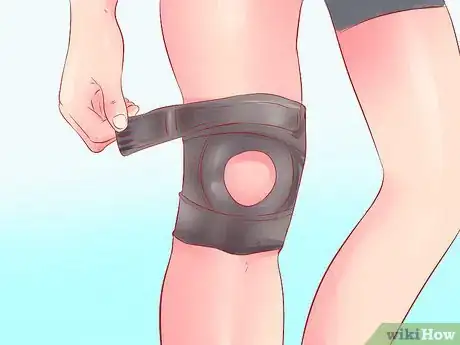

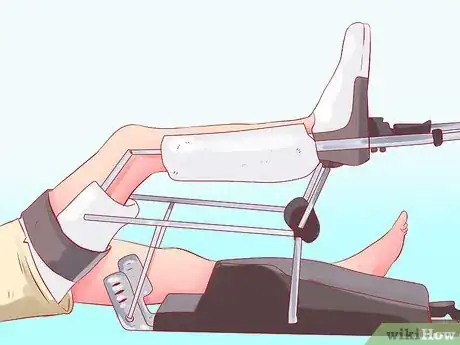
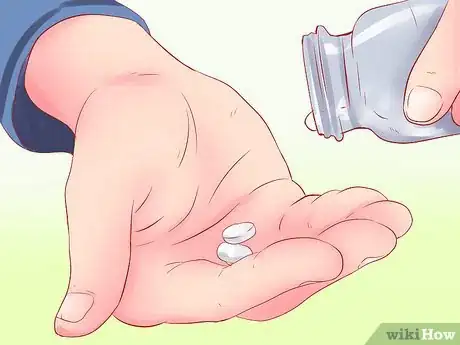
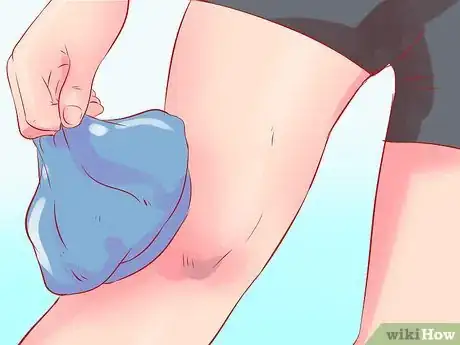
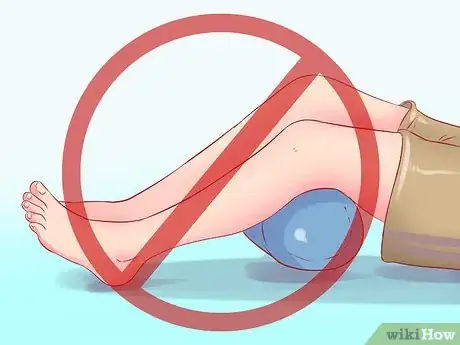
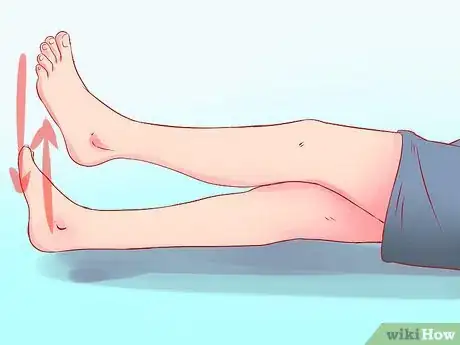
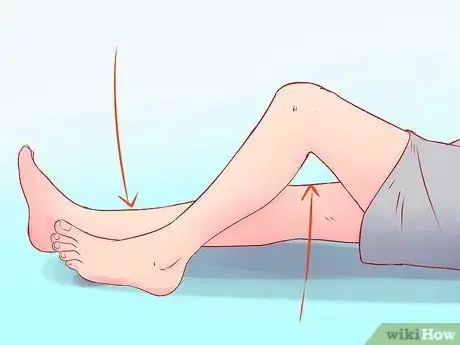

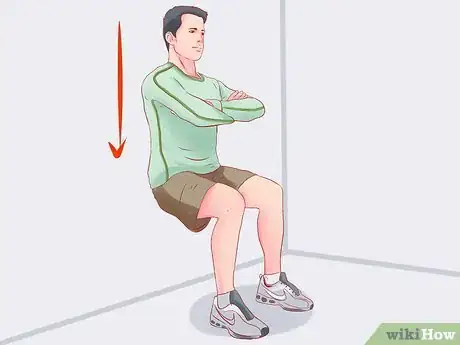
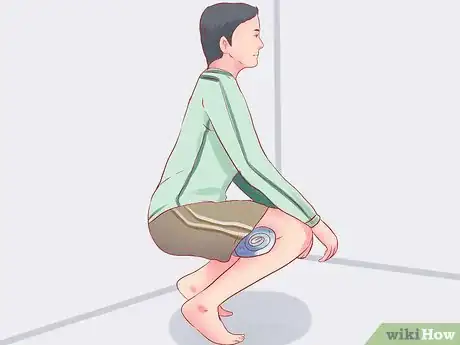

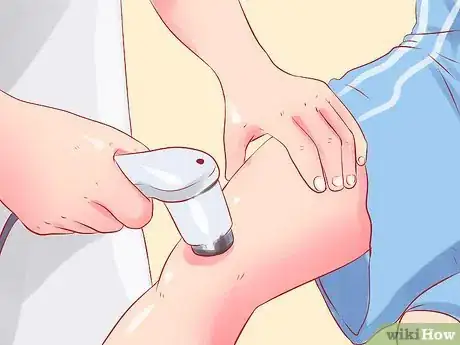
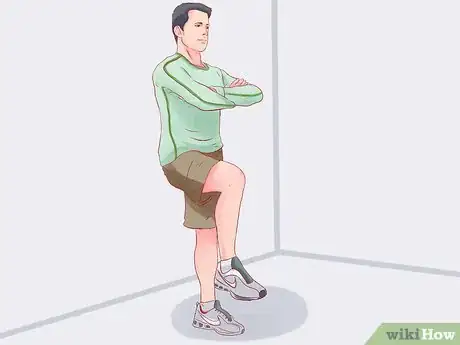
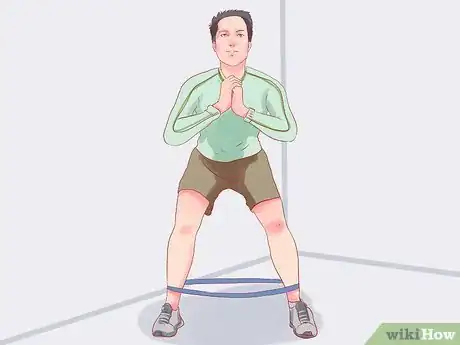
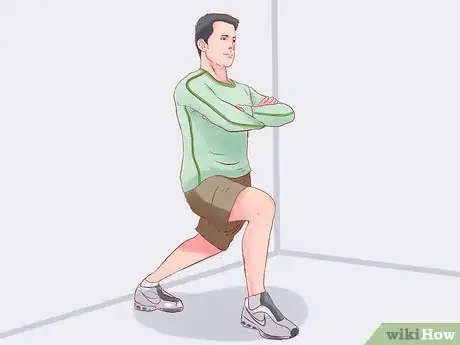
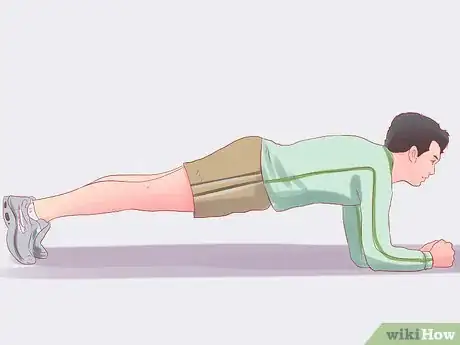
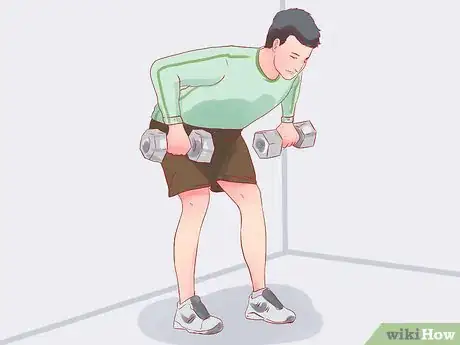
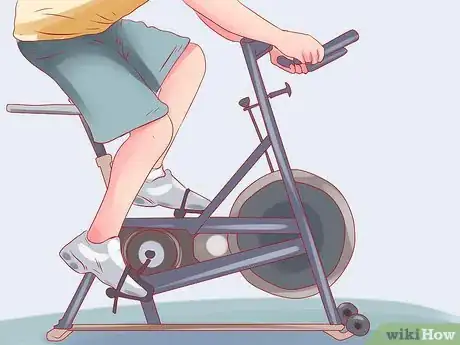
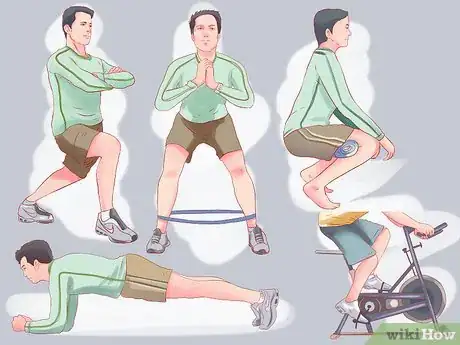
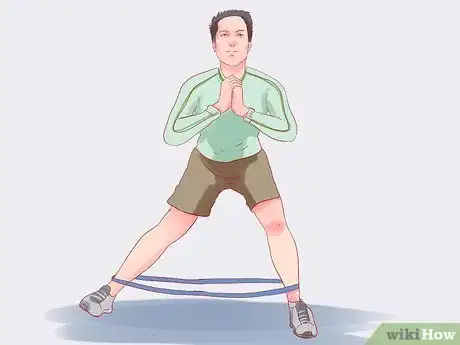
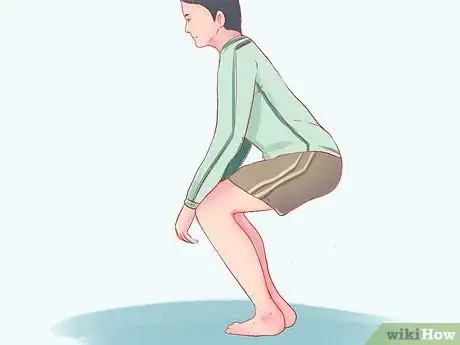
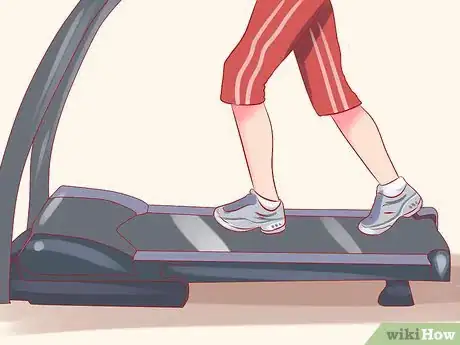

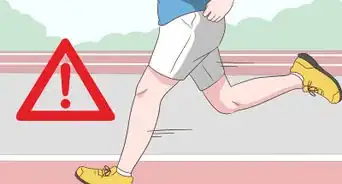
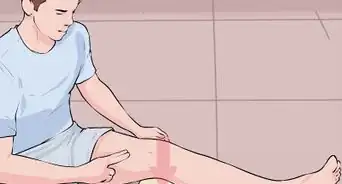



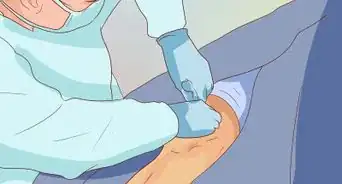
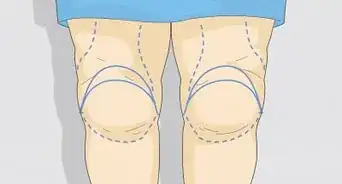
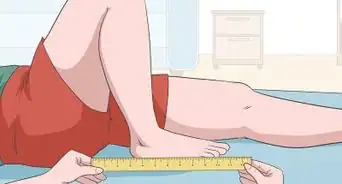
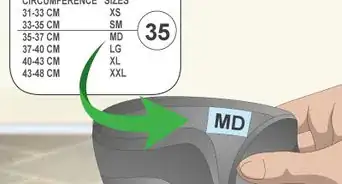

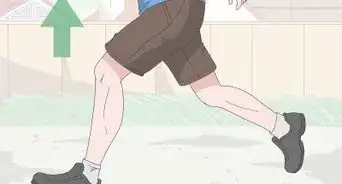










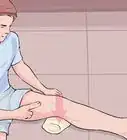




































Medical Disclaimer
The content of this article is not intended to be a substitute for professional medical advice, examination, diagnosis, or treatment. You should always contact your doctor or other qualified healthcare professional before starting, changing, or stopping any kind of health treatment.
Read More...